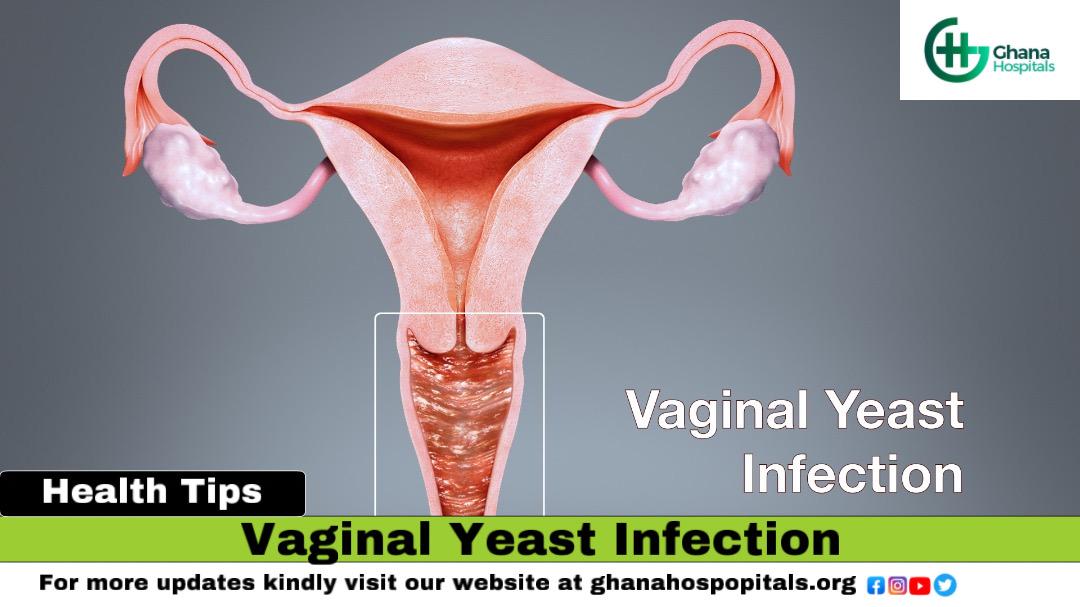
Throughout your life, you may experience a vaginal yeast infection several times. Though uncomfortable, these infections are common. A vaginal yeast infection is a condition characterized by burning, itching, redness, and a white discharge from the vagina and vulva. These infections are caused by something that is already in your body—a fungal body (yeast) called candida. Yeast is a type of fungus and candida is a specific type of yeast. When this yeast is balanced with the ecosystem of your body, there are no problems. But when that balance is disrupted, the yeast rapidly grows and you can get a yeast infection.
There are several conditions you can develop when candida goes out of balance. If you develop a lot of the fungus in your mouth, it is called thrush. If it develops in your vagina, it is a vaginal yeast infection.
Why do vaginal yeast infections happen?
The loss of chemical balance in your vagina can cause candida to multiply. This can happen for a lot of reasons, including:
When you take an antibiotic medication that is treating an infection of any type—a urinary tract infection (UTI) is one example. While treating this infection, good bacteria in the vagina is killed. This good bacteria was responsible for keeping the yeast in check. Without it, the balance is thrown off, leading to a yeast infection.
During pregnancy and while using hormonal contraceptives (birth control). Your hormones can be all over the charts during pregnancy. This change in your hormones can disrupt the balance of candida in the vagina.
If you have diabetes. When you have diabetes, there is too much sugar in your urine and the vagina is impacted by this surplus of sugar.
Having a weakened immune system. If you have a disease, like HIV or AIDS, your medications can suppress your immune system.
What are the symptoms of a vaginal yeast infection?
There are several tell-tale signs of a vaginal yeast infection. These symptoms can include:
An itchy sensation in the vagina and vulva.
A thick, white vaginal discharge with the consistency of cottage cheese.
Redness and swelling of the vagina and vulva.
Small cuts or tiny cracks in the skin of the vulva because of friable skin in the area.
A burning feeling when you urinate.
In some cases, another symptom of a vaginal yeast infection can be pain during sex.
How can I prevent vaginal yeast infections?
You often can prevent vaginal yeast infections by making a few lifestyle changes. These changes can include:
Not douching—douching can kill bacteria that actually controls fungus.
Avoiding the use of feminine deodorants.
Not using deodorant (scented) tampons or pads.
Changing out of wet clothing, especially bathing suits, as soon as you can.
Using water-based sexual lubricants.
If you have diabetes, it is important to keep your blood sugar level as close to normal as possible. Controlling your diabetes can help prevent vaginal yeast infections.
The symptoms of a vaginal yeast infection are similar to other conditions. If you have any questions, a physical exam by your healthcare provider will help.